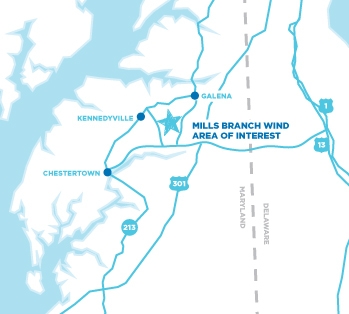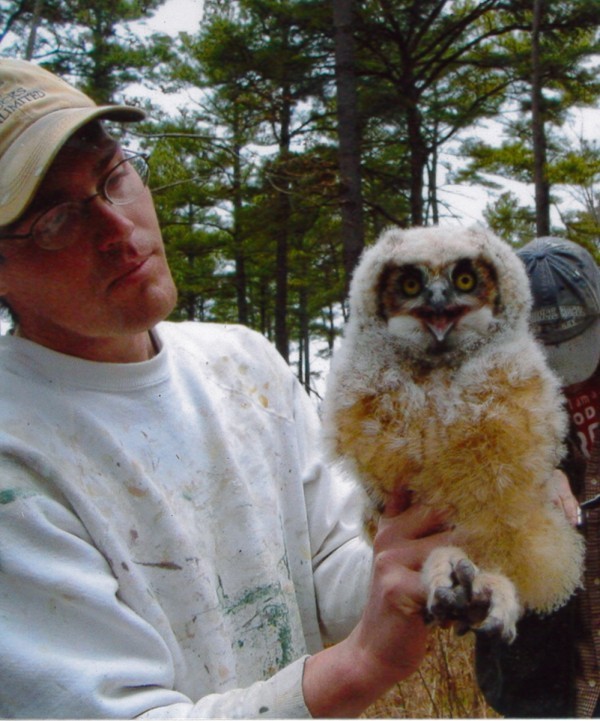A moral responsibility
Pope Francis' call to action should spur us all to look at the effect of our consumer lifestyles. Last week the Vatican released Pope Francis' encyclical, the Church’s highest level of teaching, on the environment. Reaching far beyond one religion, Francis called on “every person living on this planet” to recognize the effects that two hundred years of industrialization have had on our environment. He accentuated the moral obligation we have to conserve our natural resources for future generations. The message of moral responsibility to our grandchildren and their grandchildren is one that has been downplayed by the environmental movement for the last twenty years. It was replaced by economic arguments demonstrating that protecting the environment and cutting greenhouse gases will have greater benefits to society than the sum of their dollar costs. These economic arguments arose out of a need to convince policymakers and CEO’s that going green can strengthen their bottom line. The roots of conservation and stewardship dating back to John Muir, Teddy Roosevelt, and Aldo Leopold, have a strong theme of using only what we need and protecting the rest for future generations. Before that, many of the Native American nations hewed to the Seven Generations principle that important decisions must honor those seven generations in the past and consider the well-being of those seven generations in the future. Today, thousands of backpackers and outdoor enthusiasts follow "Leave No Trace" practices when they are in nature. The Pope is calling for this sense of moral and personal responsibility to become common habits of our daily lifestyles. Francis is correct that today’s consumerism is devouring natural resources and creating waste at a rate that will leave our grandchildren with a planet our grandparents would scarcely recognize. He urges “Humanity [to] recognize the need for changes of lifestyle, production and consumption”. What








